Weeknotes 310 - proxy citizens and robotic things as social catalysts
Doing a workshop made me sharpen some thoughts and learn more about rockets and robotaxis and reflective stories.

Hi, y’all!
Are you looking forward to Dutch Design Week? It is a thing here in the Netherlands, and always good fun. A mix of professional crowds and curious others mixing around all types of design. And art. I will be engaged in a session on Tuesday of the Network of Applied Design Research and discussing and reflecting on the progress on the extension of the WijkbotKit, that I tested at the session at the workshop at Society 5.0 Festival last week. See triggered thoughts below.
I also intend to visit the Design + AI symposium on Tuesday and Wednesday; this year for the first time embedded in the Dutch Design Week. Expect a great program again.
The Creative Industry dinner on Wednesday, Design Innovation Session on Friday, and PONT meetup are on the agenda, and in between I hope to have time to visit the regular exhibition, and Manifestations.
Last but not least we organize a ThingsCon Salon as part of the Dutch Design Week program, kicking of the exhibition “Generative Things” with objects from the near future of things. Sen has planned for a great futuring session. Check the listing here, or go to the RSVP on Meetup.
I realized that this week feels like an almost archetypical week. Next to writing this newsletter, I met on new networks (DiSIL, Digital Social Innovation Lab in Rotterdam), met with students I am coaching, had meetings and lots of emails prepping ThingsCon (the evening work :), visiting a seminar. We will be present with Wijkbot on Wednesday, the open day of Afrikaanderwijk Cooperatie. And I started a new research project at Civic Interaction Design research group of Amsterdam UAS on civic & protocol economies that I will share more about later.
Triggered thought
I was wondering if I should write here a bit about Tesla's We, Robot event. I really want to explore why humanoids are not so interesting. In that sense, the presented robotaxis are more worth checking out; it also feels like another round of broken promises (see below in the news section).
There is a nice link with the thoughts triggered through the workshop at Society 5.0 Festival with the Wijkbot (Hoodbot), both while preparing and the work the participants did—the link to think about the role of citythings that are nearby robotic things more than robots. What I tried to establish with a different approach for the workshop was moving away from seeing robotic things as objects with a function, to objects that are shaping interactions. Interactions of the things with the citizens, and maybe even more the interactions between citizens.
Without going into the details of the workshop—there are other places and moments to do—it turned out to be very well possible for the groups to discuss what social interaction to unlock with the Wijkbots. For example, sharing food tasting and different coffees to connect people of different cultures.
We aim to have the Wijkbot as an active artifact for thinking through prototyping. We also aim to have it not only as an endpoint but as a platform for capturing the burning questions others can iterate on.
The core idea is that these robots should act as interfaces within the social fabric, especially in digitally connected neighborhoods. Rather than being functional machines, they could become conversation accelerators. This leads to the notion that robots could take on different roles in the community, acting as companions or guides for the people living there.
In essence, robots should become a part of the neighborhood, functioning almost like proxy citizens. This concept of "proxy citizens" is fascinating—it allows us to explore how robots can embody roles that make them feel like an extension of the human community, contributing to social connections.
In lots of the explorations with Wijkbots, I aim to look at the relationships the citizens will have with the neighborhood robots and what the perceived relationship and ownership with hoodbots operating as proxies of their own roles in that neighborhood. I expect that a new balance might emerge, but new social structures, hierarchies, and roles might also emerge. In that sense, connecting these explorations to more fundamental research on technology, autonomy, and agency would be interesting. That is for another time.
For the subscribers or first-time readers (welcome!), thanks for joining! A short general intro: I am Iskander Smit, educated as an industrial design engineer, and have worked in digital technology all my life, with a particular interest in digital-physical interactions and a focus on human-tech intelligence co-performance. I like to (critically) explore the near future in the context of cities of things. And organising ThingsCon. I call Target_is_New my practice for making sense of unpredictable futures in human-AI partnerships. That is the lens I use to capture interesting news and share a paper every week.
Notions from the news
So this week was tech news was dominated for an important part by trolls. Or one specifically one dominant one: Musk. Quoting Benedict Evans from his insightful weekly newsletter (sub):
This week Elon Musk danced on stage with a racist pig, showed off some electric puppets and a mock-up of a car that will never ship… and caught a rocket ship in mid-air. And therein is the problem.
Google might be split.
Human-AI partnerships
The founder of Anthropic wrote a long essay on the relationship with AI machines. I wonder what this summary by competitor OpenAI tells us: Is the essay this dull, or is the summarising missing a point?
Dario Amodei's essay Machines of Loving Grace explores the transformative potential of AI for societal good, discussing the risks and unprecedented upsides of advanced AI. He outlines five areas where AI could revolutionize human life: health, mental well-being, economic growth, governance, and work. The essay emphasizes that mitigating AI risks is crucial, but also highlights the immense positive impact AI can have if responsibly managed. Amodei stresses the need for careful, thoughtful AI development to maximize its benefits for humanity.

Are we fooled by the AIs producing invisible characters only readable by other AIs?

New AI functions in Photoshop; the moment is near, or maybe already there, when there is not really a difference between synthetically generated images and AI-enhanced real images…
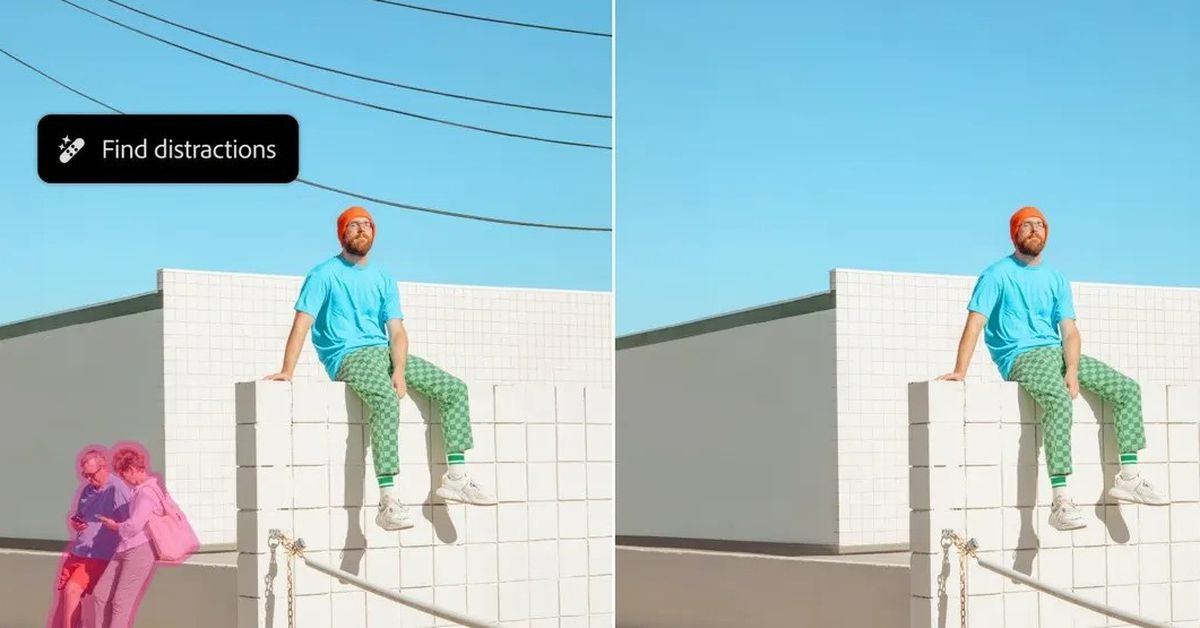

Thinking styles for working with machines.
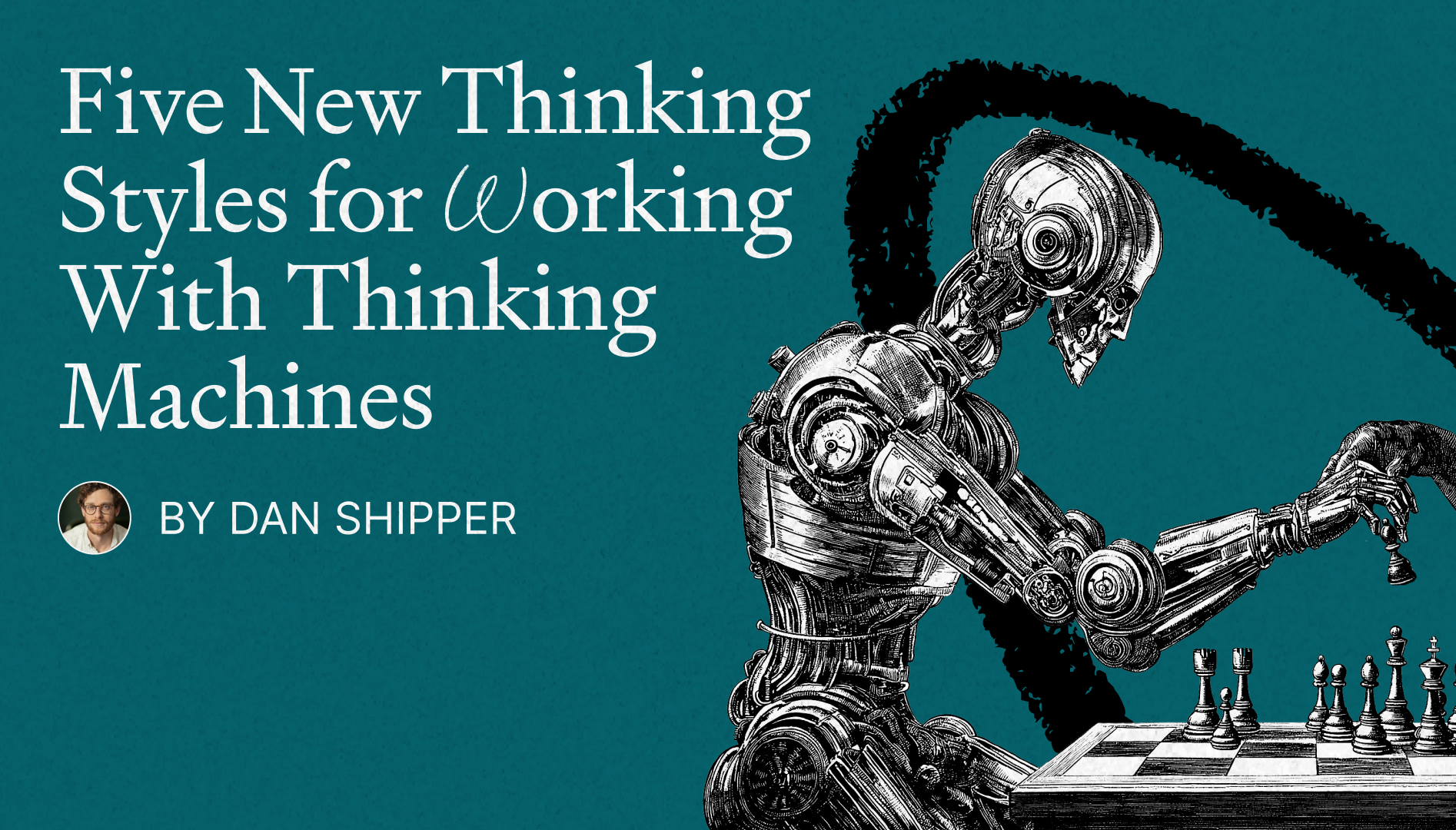
New work from oio.studio: a podcast that is generated based on where you walk

A future of multi-agent AIs
https://www.sequoiacap.com/article/generative-ais-act-o1/
Robotic performances
As mentioned above, the big event of the week was Tesla's introduction of the new Cybercab. However, some see it more as an investment reassuring event than a tech leap. The video of people sitting in the cab driving around a movie set seems to suggest that the impressiveness is not the self-driving but the lack of a steering wheel.
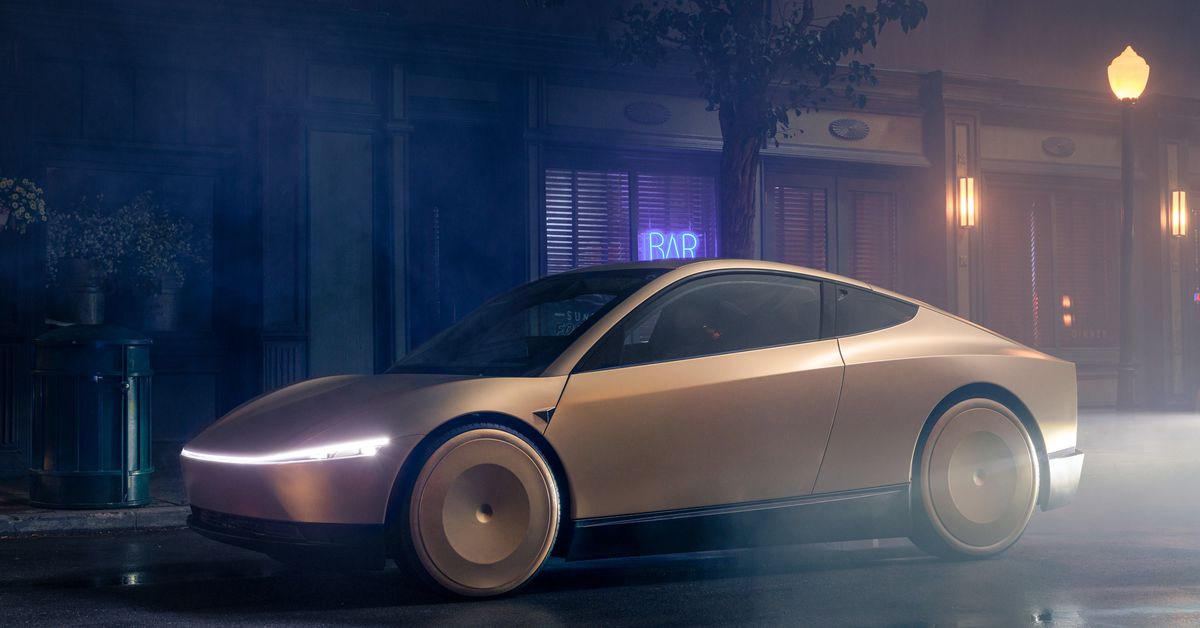
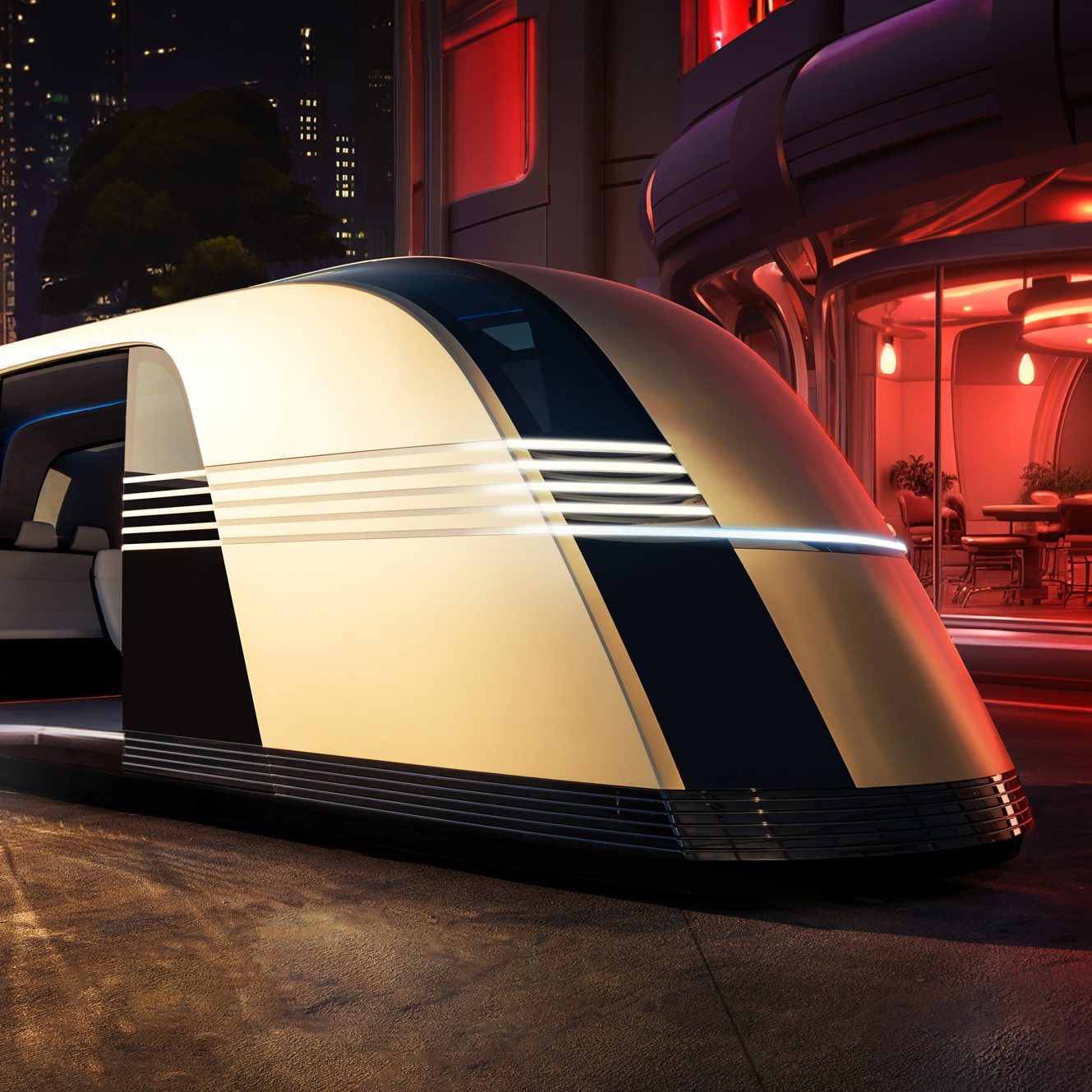
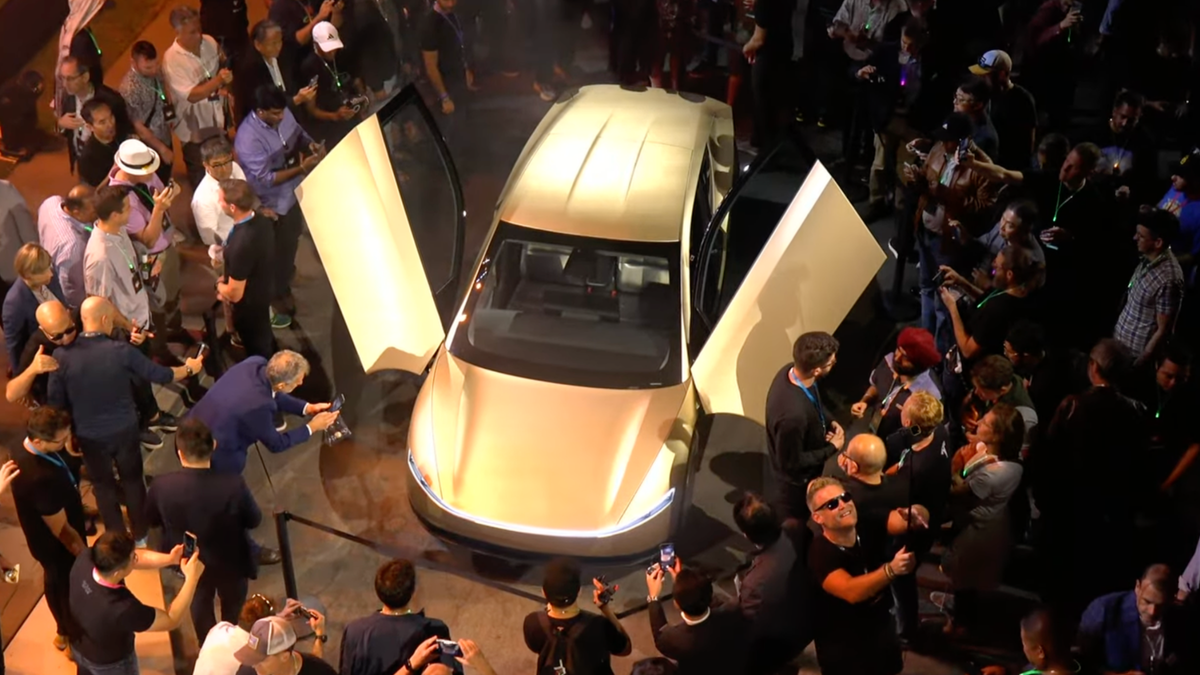
If these humans are teleoperated you might expect a new type of sweatshop for operating robots from a distance.
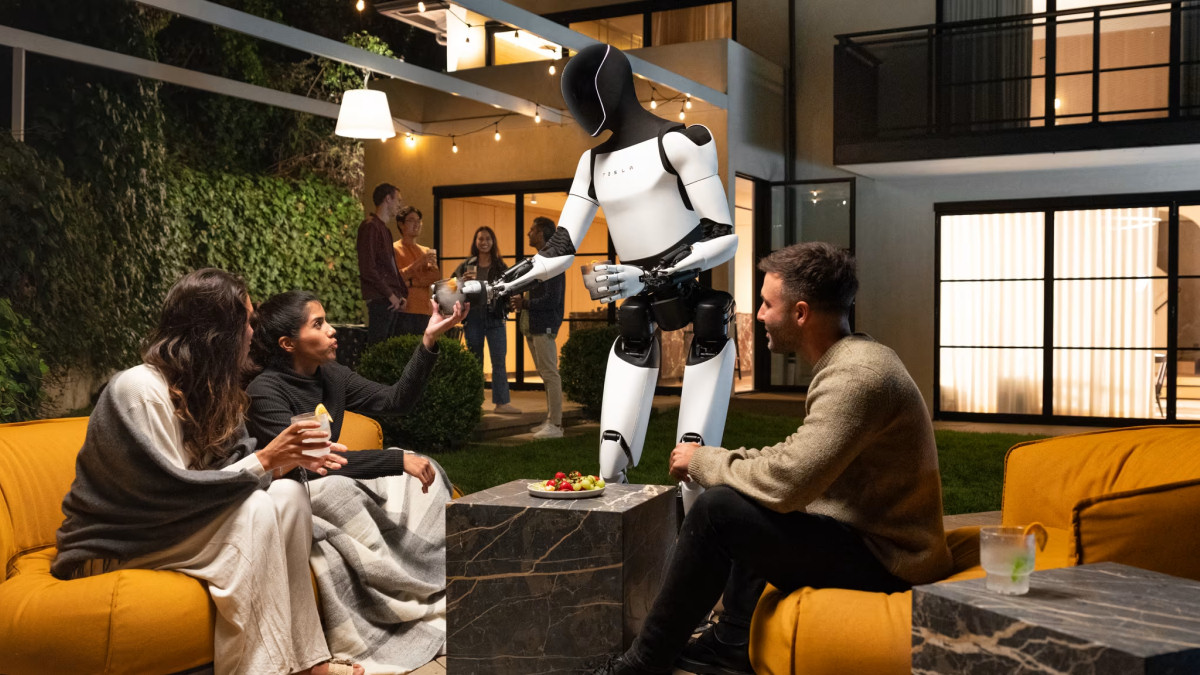
More interesting than a humanoid?

Immersive connectedness
Hacking is fun. Can be.
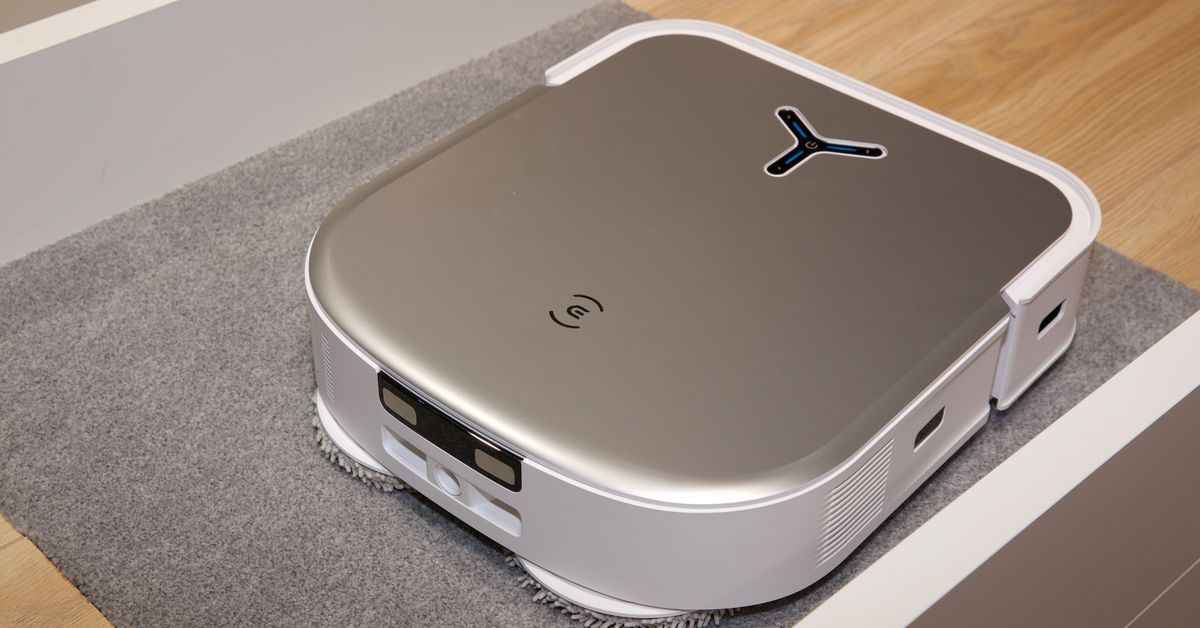
Hands-on
Tech societies
New realities play a role for AI in typical human evaluations. For example, expert witnesses create supporting material with co-pilot. How do you judge that?

Important to have tech developments focus on reducing energy use. For both functional and societal (eg. climate reasons)
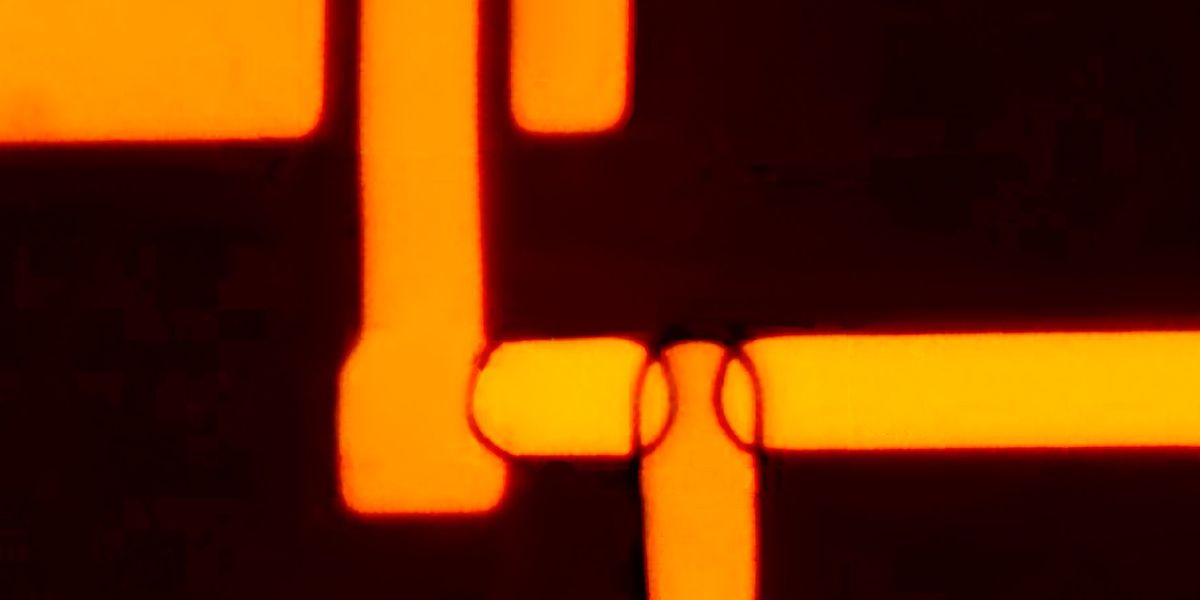
In addition to the competition in the big tech companies, the hardware parties fight their own battles (but can impact the other thing). Also, we have a new type of tech bubbles.
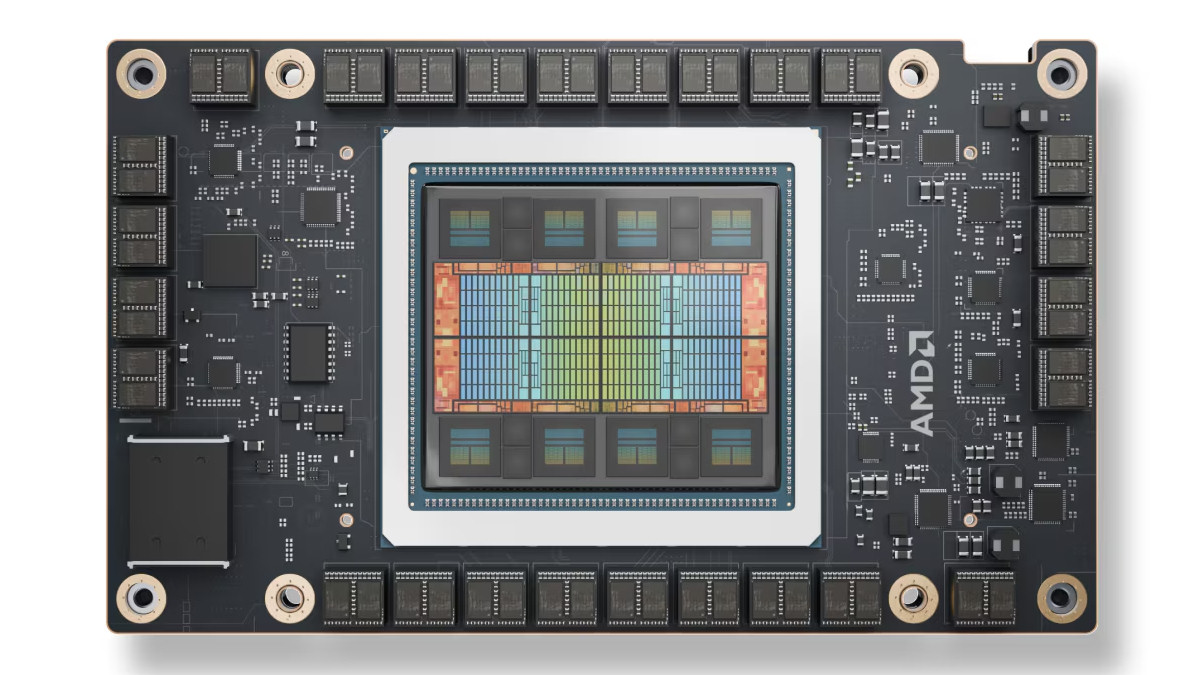
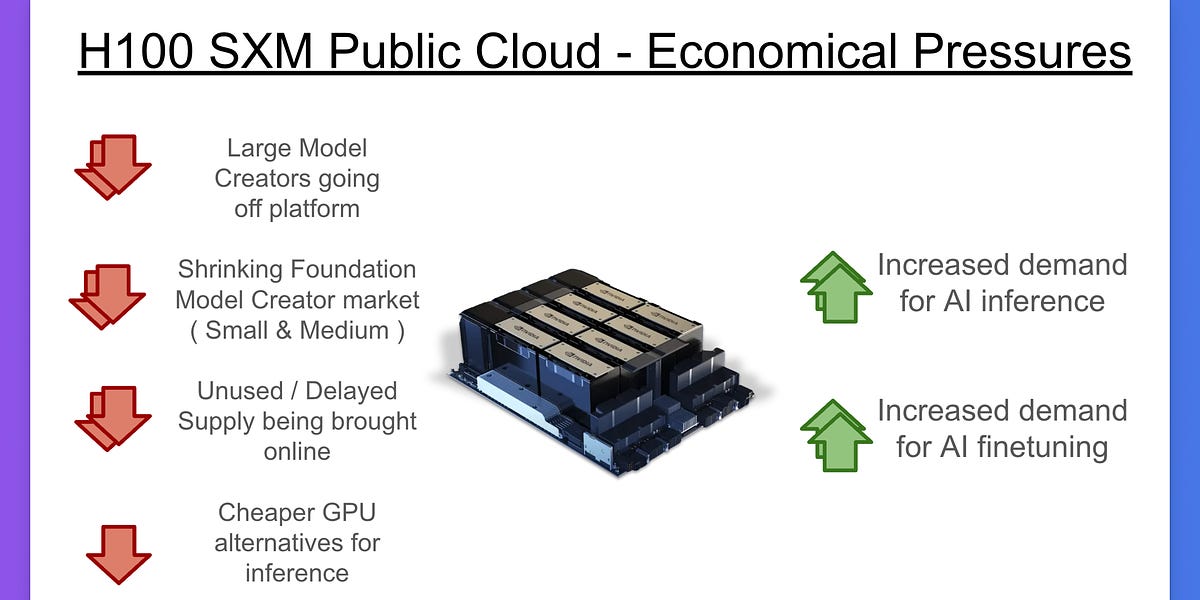
And when will AI be unthinkable to be missed; the Destructo Test explained.
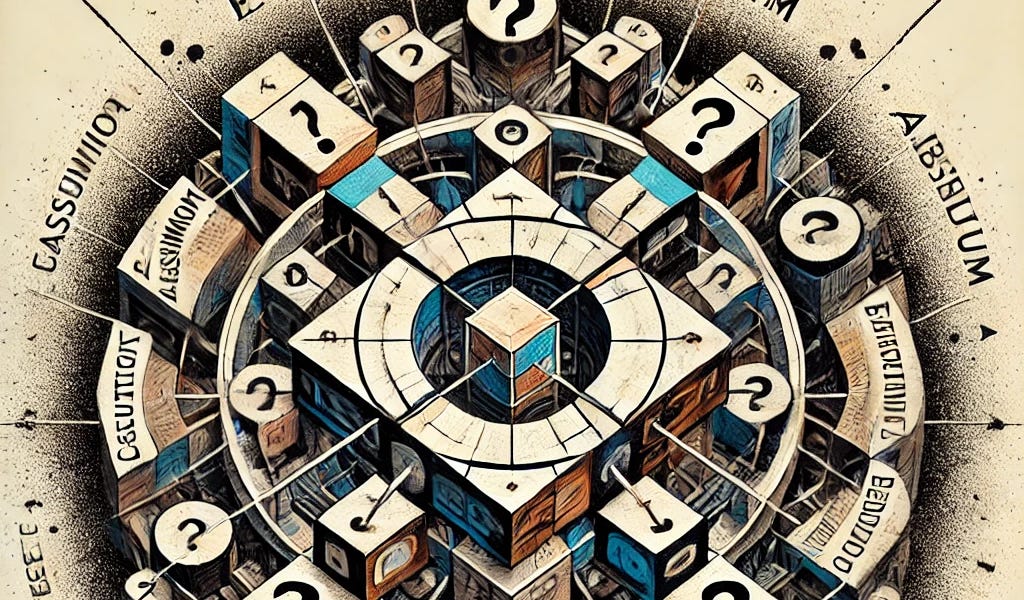
A new series of podcasts on the consequence of scaling data centers: Data Vampires:

Paper for the week
I doubted if I should share this without being an open-access paper…
On human-in-the-loop optimization of human–robot interaction
From industrial exoskeletons to implantable medical devices, robots that interact closely with people are poised to improve every aspect of our lives. Yet designing these systems is very challenging; humans are incredibly complex and, in many cases, we respond to robotic devices in ways that cannot be modelled or predicted with sufficient accuracy. A new approach, human-in-the-loop optimization, can overcome these challenges by systematically and empirically identifying the device characteristics that result in the best objective performance for a specific user and application.
Slade, P., Atkeson, C., Donelan, J.M. et al. On human-in-the-loop optimization of human–robot interaction. Nature 633, 779–788 (2024). https://doi.org/10.1038/s41586-024-07697-2
Looking forward
As mentioned above, lots to look forward too. Check ThingsCon.org for the latest on TH/NGS 2024, the program pages will be updated soon this week.
A new Amsterdam UX with embedded UX, for those interested. And the DCode event on Friday for more-than-human design explorations in a design + AI extravaganza.
Enjoy your week!
